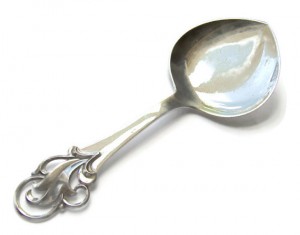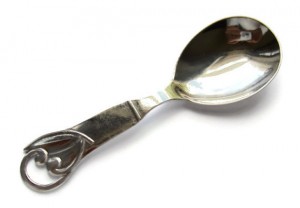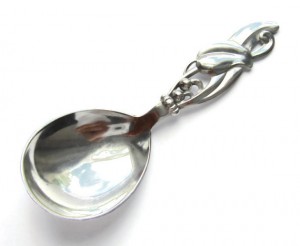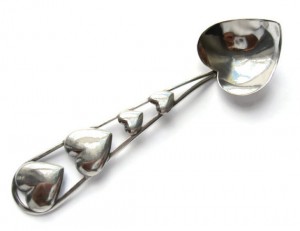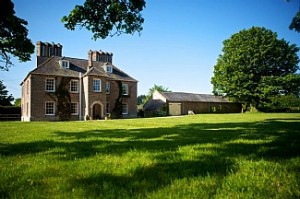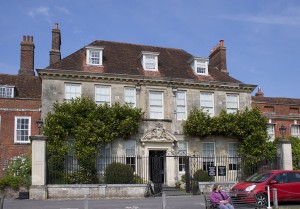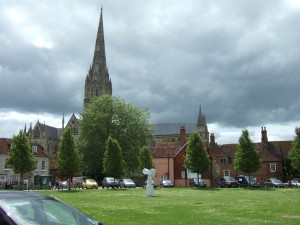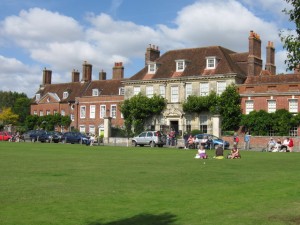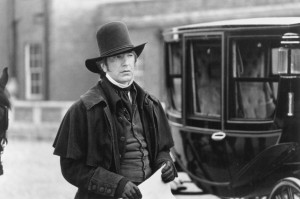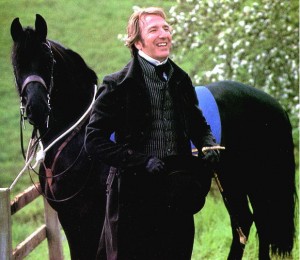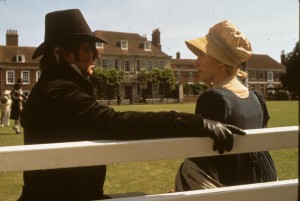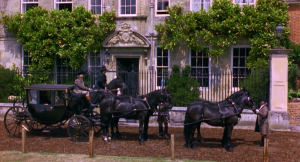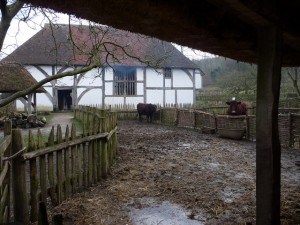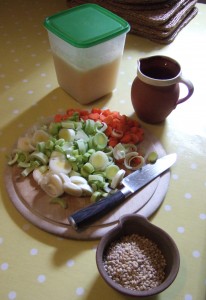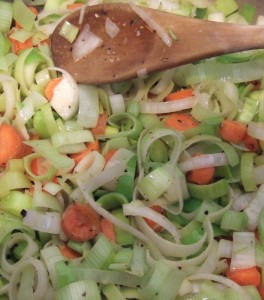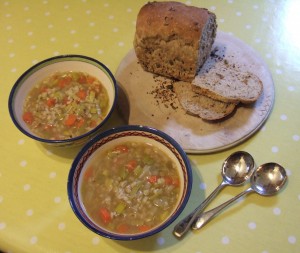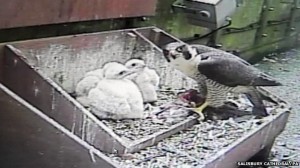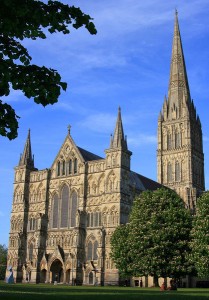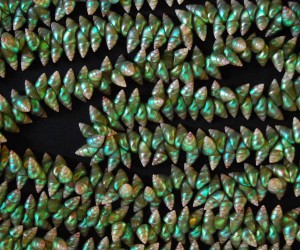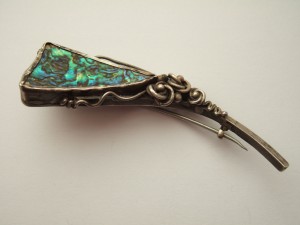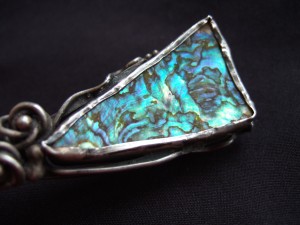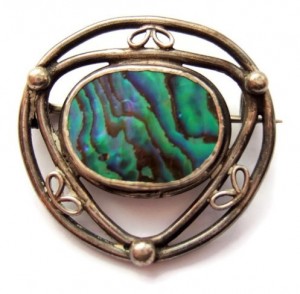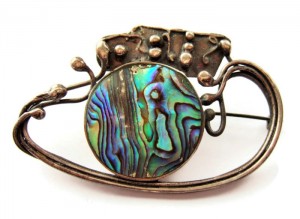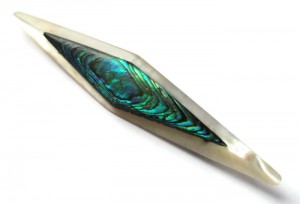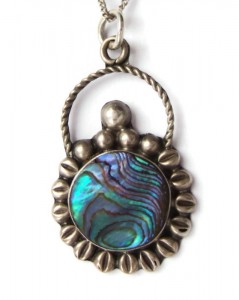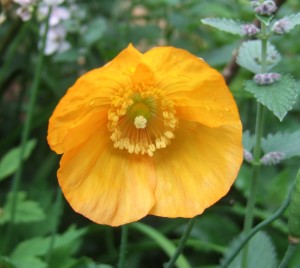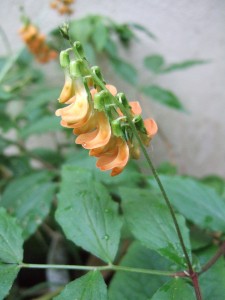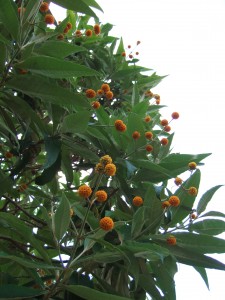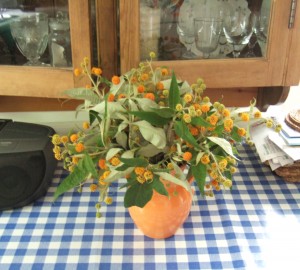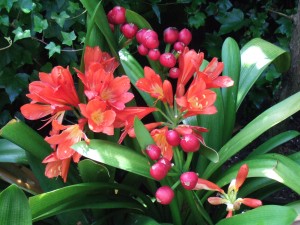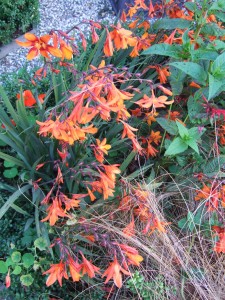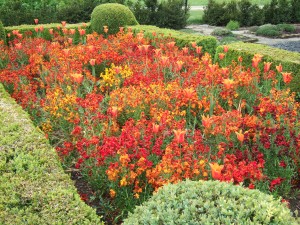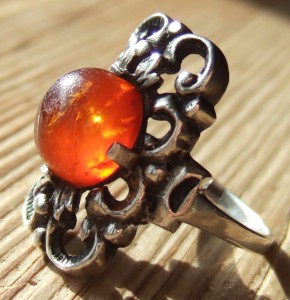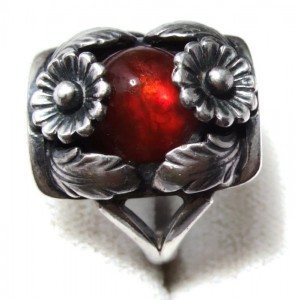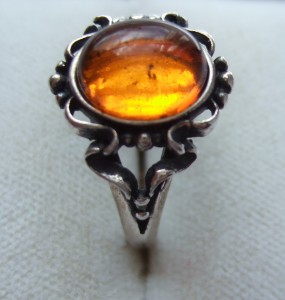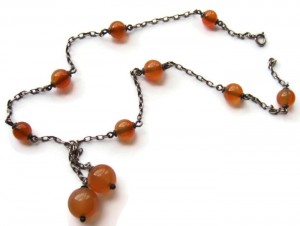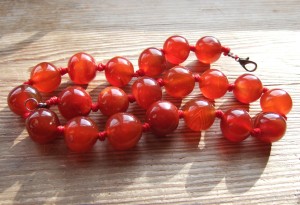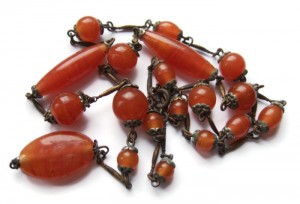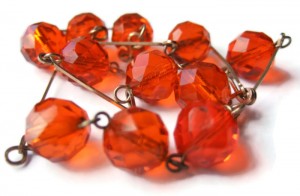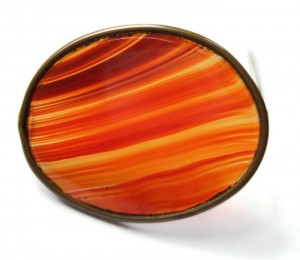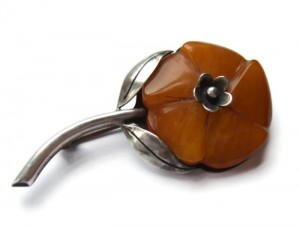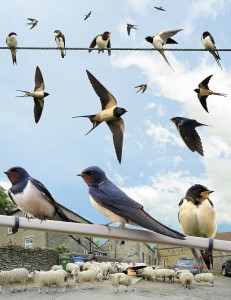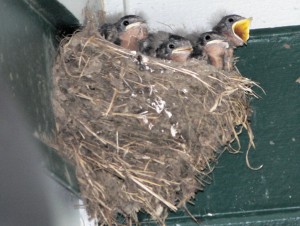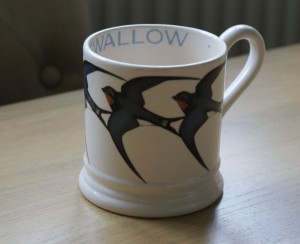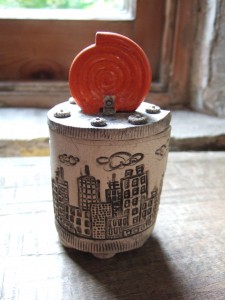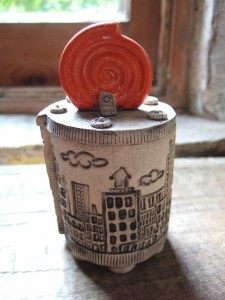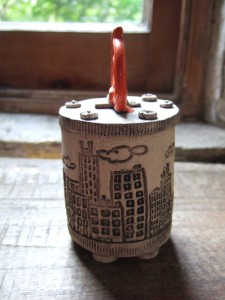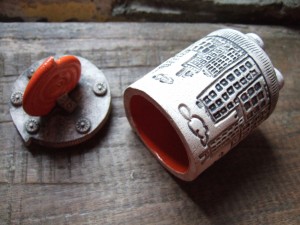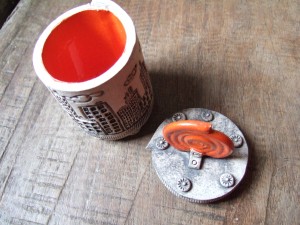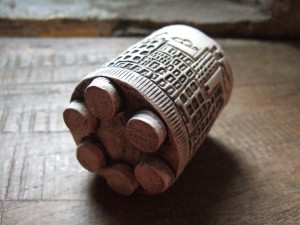There are some amazing artists and craftspeople on Etsy, and I wanted to write about some of my favourites. Top of the pile is The Litus Gallery.
I was so delighted when I found this shop: DD McInnes is an artist living near Canterbury in Kent, a self-professed fantabulist who paints the most whimsical, fantastical oil paintings, some of which are inspired by 17th, 18th and early 19th century paintings, and which have animals, including birds, invertebrates and insects taking the place of the human sitters. DD describes the paintings as ‘A unique collection of dream-like, darkly humorous paintings and prints of mythical beasts and metaphysical poets for the discerning Virtual Grand Tourist.’
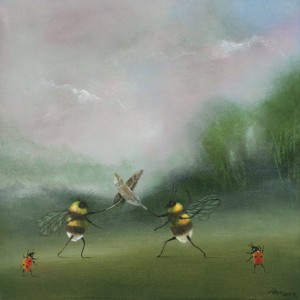
‘The Tender Foils’ by DD McInnes.
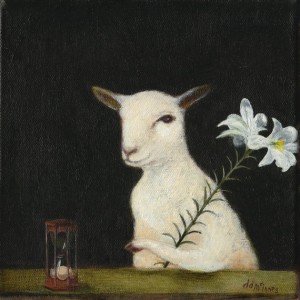
‘Portrait of a Young Man’, by DD McInnes.
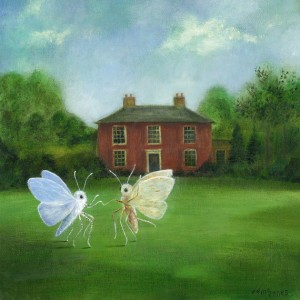
‘The Spectral Lovers’ by DD McInnes.
The paintings have such terrific titles as ‘The Contessa di Faraglione Arrives for the Evening Ball‘, and ‘The Morning Exercise, Newthorpe Park, May, 1768‘, and ‘La Passeggiata of the Lady Dowager, Siena, 1796‘, and ‘Mister Renard’s Dappled Gray, “Lightning Bolt”, with the Jockey Lamb, Up‘, and ‘Henry Lord Byfield, 1st Viscount of Framlington, Rides Out on His First Grand Tour, 1795‘, and ‘The Game of Quoits at Dunmow Lacey, Afternoon, 1814‘, and ‘A Table at Mrs. Goatsby’s Coffee-House, Berwick St. London, 1767‘. I’m not sure whether all of these are based on original paintings and their titles, or are the product of DD’s fevered imagination, but I have had fun trying to find out. (I could just ask DD, but where’s the challenge in that?)
A couple of them I recognise:
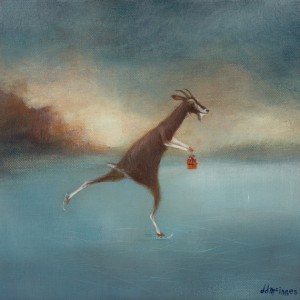
‘The Yuletide Handsel’ by DD McInnes
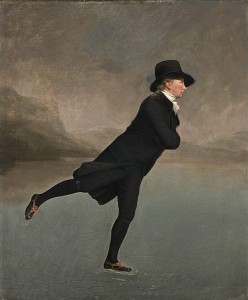
‘The Reverend Robert Walker Skating on Duddingston Loch’, better known by its shorter title ‘The Skating Minister’, by Sir Henry Raeburn, 1790s.
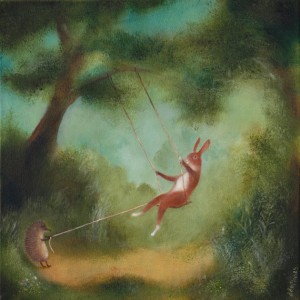
‘The Swing’ by DD McInnes.
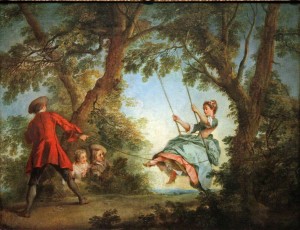
‘The Swing’ by Nicolas Lancret, 1730-35.
and DD mentions the inspiration in the title of a few more:
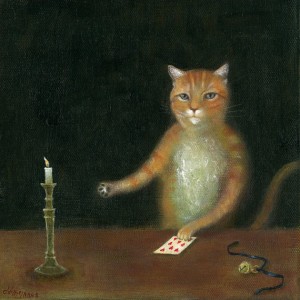
‘The Eight Lives of Mr. Tybalt (after Nicolaes Eliaszoon’s “Portrait of Nicolaes Tulp”, 1633)’ by DD McInnes.
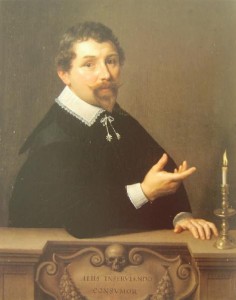
‘Nicolaes Tulp’ by Nicolaes Eliaszoon Pickenoy.
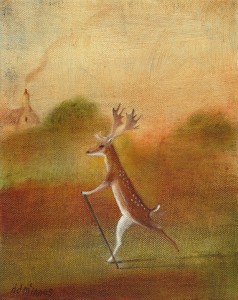
‘On the Way Home (After William Blake’s Engraving “The Traveller hasteth in the Evening,” 1793)’ by DD McInnes.
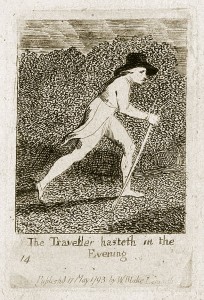
‘The Traveller hasteth in the Evening 14 Publishd 17 May 1793 by WBlake Lambeth’
Engraving from ‘For Children. The Gates of Paradise’, by William Blake.
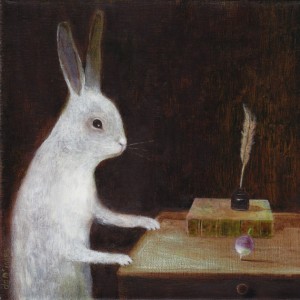
‘The Turnip Spinner (After Chardin’s, “Gabriel Godefroy watching a top spin”, c.1735’, by DD McInnes.
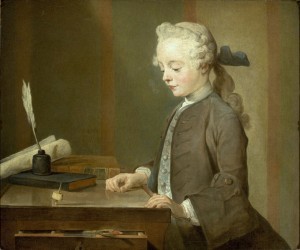
‘Portrait of Auguste Gabriel Godefroy’ by Jean-Baptiste-Siméon Chardin.
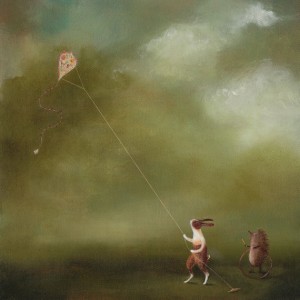
‘I Want, I Want (after William Blake)’ by DD McInnes.
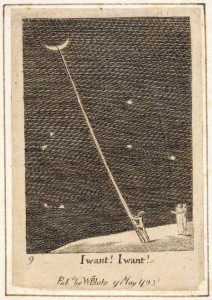
‘I want! I want!’, a plate in ‘For Children: The Gates of Paradise’, by William Blake.
And if you want yet more whimsy, read the shop’s ‘About’ page. I love it!
I don’t know DD’s gender, but I’m guessing DD’s a ‘he’ as the phrase ‘grizzled painter’ is used. Mind you, as DD says the oil paints used are delivered by packs of dromedaries across the marshes of Kent, maybe I should take absolutely everything with a pinch of salt …
DD sells the original oil paintings, plus fine art prints of some of the paintings and lovely notecards too, in the Litus Gallery shop on Etsy. It’s well worth a visit, and I guarantee you’ll come away smiling.
(Sadly necessary disclaimer: I’m writing about shops that grab my fancy and fire my imagination. I’m not being paid or otherwise rewarded to do this—just spreading the love!)
